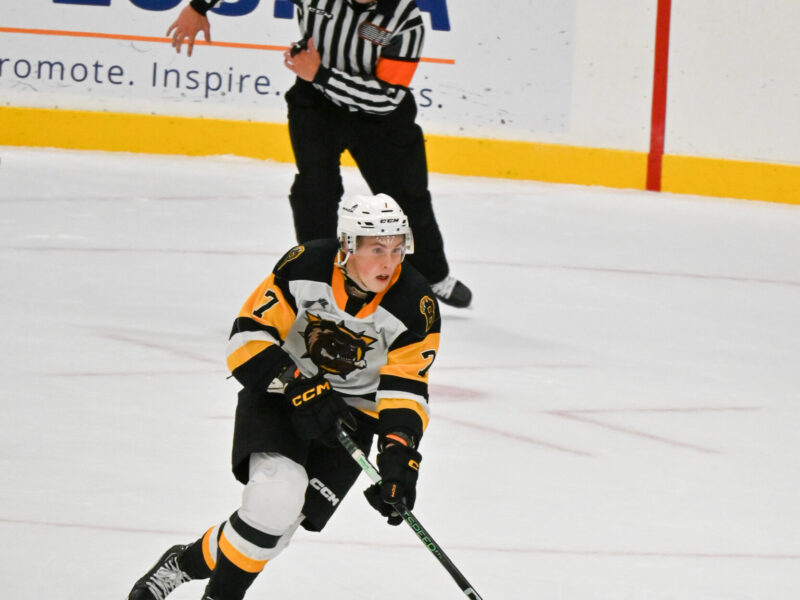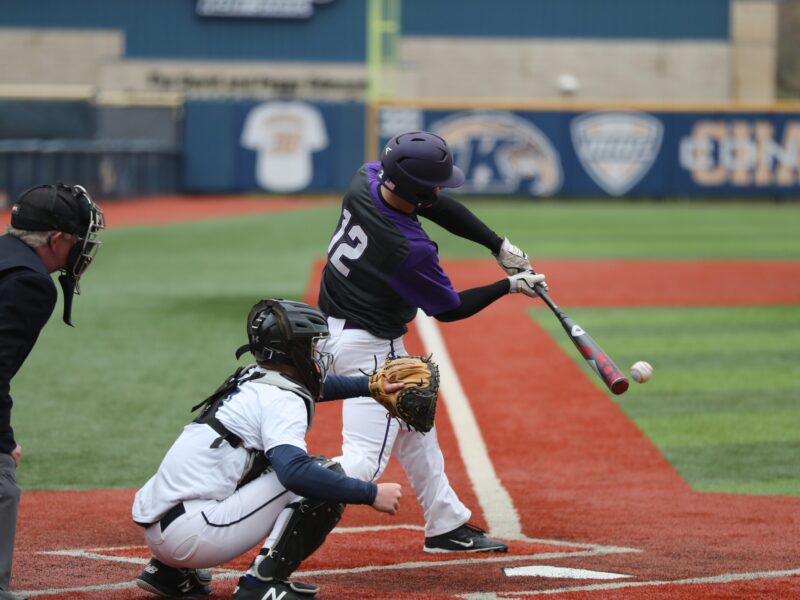Sean Corner plays sledge hockey for a simple reason. It allows him the chance to “just to get out, hit some people, have fun doing it.” Although he does ski and play tennis, his passion lies in sledge hockey, partly because it is the only full-contact wheelchair sport.
Corner has played for three years; first in Hamilton, and then this year with the newly-formed Brant and District Sledge Hockey Association.
A multi-sport athlete, rugby was his forte growing up. However, a hit during a Hamilton Hornets Rugby Club game in September 2006 left him paralyzed from the waist down.
For Corner, learning sledge hockey was “frustrating” at times. He’d played hockey growing up, and the two sports are more similar than different. Corner knew where to be on the ice, knew the strategies involved. But it was “tough getting the movement on the sledge.”
The equipment is the greatest difference; players sit on sledges, which are raised platforms with two hockey skate blades on the bottom. They use two smaller sticks with picks on the ends to move and score, requiring different wrist motions. But, for many involved, sledge hockey is just hockey.
“To me, this is regular hockey,” explained Association President, Doug Robb as he watched the team practice at Paris’ Syl Apps Community Centre. “To others, it’s different.”
Practices began in October, though Robb has been working to bring the sport to Brant County since 2003. The team will likely play its first game in mid-December.
Robb first became involved with the sport so his son Andrew, 26, who was born with spina bifida, could play. Spina bifida is a birth defect, caused when the embryonic neural tube does not close completely.
“Hockey has been a way of life for me,” said his father, a former referee with the Ontario Hockey Association.
Andrew Robb played his first season in Mississauga, before his parents heard about teams in Hamilton, where they went on to become involved for almost two decades.
Several of the players and coaches in the Brant and District Sledge Hockey Association came from those same teams.
The team is fully integrated.
“[We have] one of everybody, one of everything,” Robb said.
By that, the former Rules Chair for Ontario Sledge Hockey Association, an organization Robb helped found, means his players have a variety of different disabilities. Some have cerebral palsy, some spina bifida and others cannot walk due to accidents or viruses. Women play alongside men and even people who can walk, can play.
Lynn Wardell first heard about the sport when Andrew Robb attended North Park Collegiate where she worked as an Educational Assistant. She admits she can’t skate well. “This is my chance to get out on the ice and play.”
Teams are allowed three able-bodied players, though only two can be on the ice at a time. Some have none. The rule was first introduced as to ensure teams have enough players.
Clubs average 16 players, but injuries need to be accounted for. Common infections like head colds can be more difficult for those with spinal injuries to recover from. Depending on the reason for the disability, surgeries may be more common. The provision also allows siblings and parents to play, making the sport accessible to those without disabilities.
Currently, the association has 16 signed players. Robb hopes to eventually have several house league teams, and pick the best players for a competitive team.
As Dan Fador, who has played the sport for 15 years and came from the Hamilton teams, said, “[I] can only foresee it getting bigger.”



